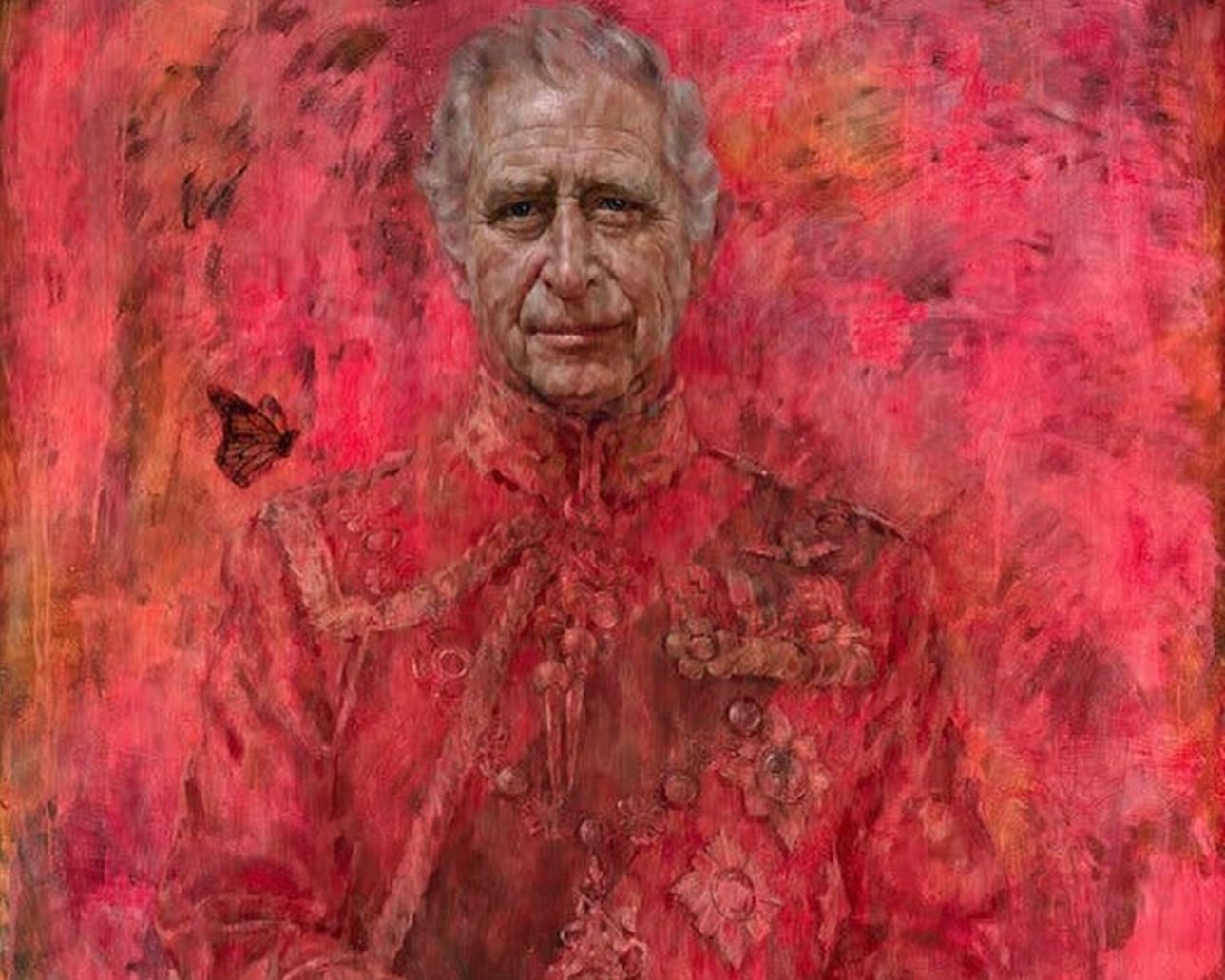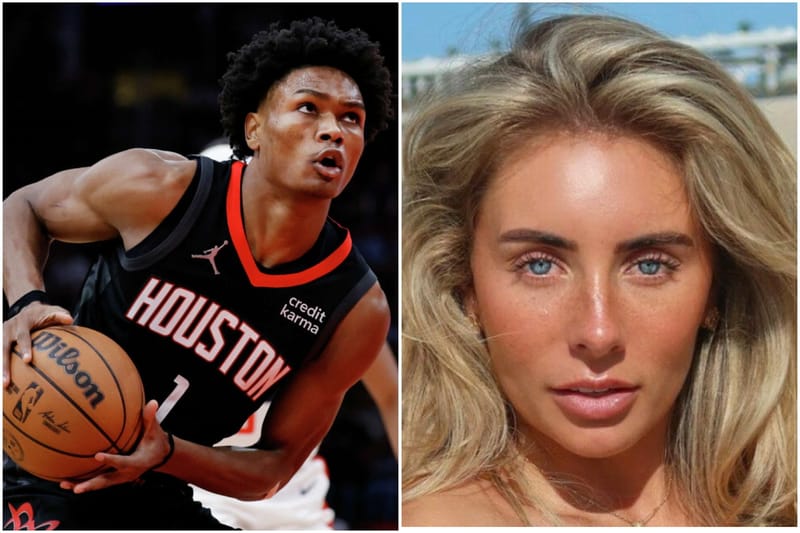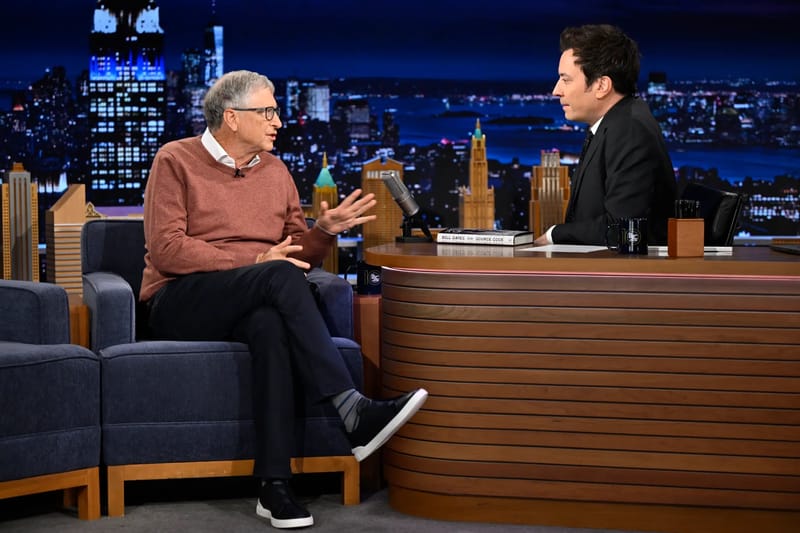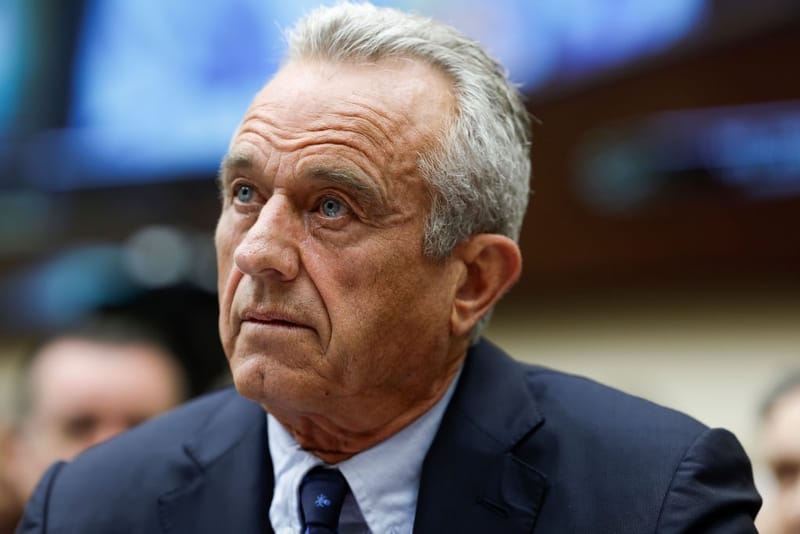King Charles III Portrait Sparks Waves of Conspiracy Theories Online
"Public Divided Over Symbolic Meanings in King Charles III's Official Portrait" In the wake of the unveiling of King Charles III's first official portrait since his coronation, a whirlwind of conspiracy theories and symbolic interpretations have flooded social media and online forums. The portrait,
"Public Divided Over Symbolic Meanings in King Charles III's Official Portrait"
In the wake of the unveiling of King Charles III's first official portrait since his coronation, a whirlwind of conspiracy theories and symbolic interpretations have flooded social media and online forums. The portrait, commissioned in 2020 and painted by the renowned artist Jonathan Yeo, depicts the King in the uniform of the Welsh Guards with a vibrant red background that has become a focal point of many discussions.
While the red background has been justified as a reference to the uniform's bright red tunic, it has also been interpreted by some as a symbol of violence in the royal family's past or an allusion to the emotions Charles has had to publicly suppress. The inclusion of a butterfly, which artist Jonathan Yeo explained as a symbol of metamorphosis and rebirth, has also been subject to various interpretations, with some conspiracy theorists suggesting it represents mind control or demonic entities.
The theories don't stop there. The King's expression and posture in the portrait have been dissected, with some claiming that when mirrored, it reveals hidden symbols or faces. One such claim suggests that the mirrored image reveals the outline of Baphomet, a deity often associated with occultism.
These theories have sparked heated debates across social media platforms, with some users dismissing them as unfounded and others digging deeper into the symbolism and potential hidden messages within the portrait. Despite the controversy, the artist and the Palace have not directly addressed the conspiracy theories, focusing instead on the artistic merits and intentions behind the work.
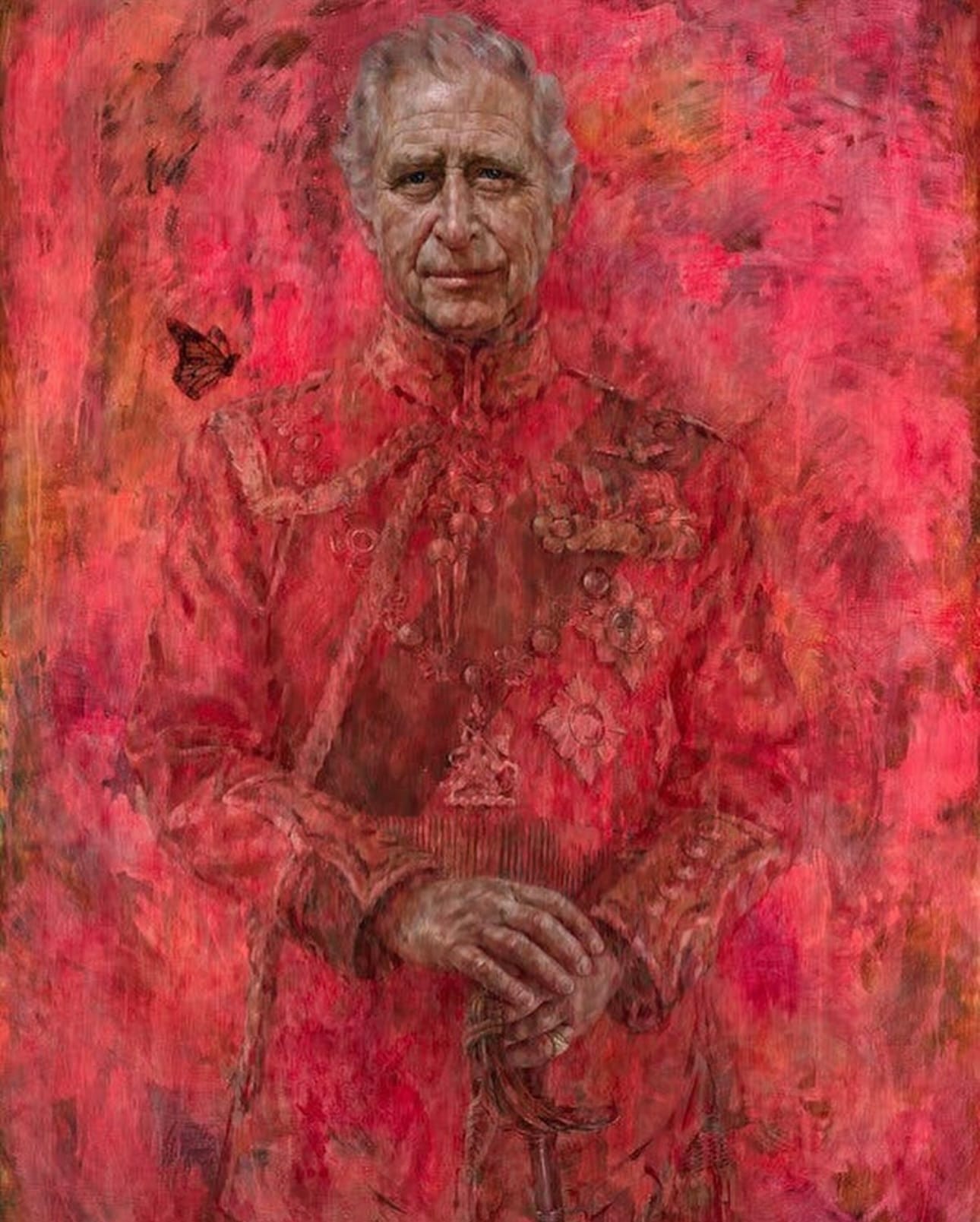
The King Charles III portrait controversy highlights the power of art to provoke thought and discussion, even if some of those discussions veer into the realm of conspiracy. As the portrait continues to be analyzed and debated, it remains to be seen whether the official narrative or the conspiracy theories will prevail in the public's perception of this significant piece of royal iconography.
